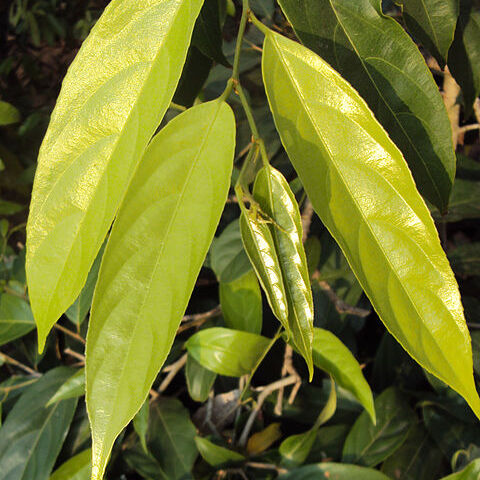Trees, rarely shrubs, dioecious, rarely monoecious or polygamous. Leaves alternate; stipules small, usually early caducous; petiole usually present, often thickened at apex; leaf blade leathery, pinnate-veined, margin entire or toothed. Flowers hypogynous, in axillary, ± branched cymes, these sometimes very short or reduced to fascicles or to a solitary flower, or rarely flowers in long racemelike panicles from trunk or older branches; bracts small to minute, sometimes persistent; pedicels articulate. Sepals (3 or)4 or 5(or 7-11), imbricate, free or slightly joined at base, concave, becoming reflexed, caducous. Petals 4 or 5(-14), free or slightly joined at base, each with a thick and usually hairy scale inside at base. Disk and disk glands absent. Staminate flowers: stamens 5 to many (more than 100); filaments free, sometimes very short; anthers oblong to ovate-cordate, longitudinally dehiscent, connective often dilated; pistillode present or absent. Pistillate flowers: staminodes 5 to many, resembling stamens but anthers mostly reduced or absent; ovary superior, 1-loculed, placentas 3-6, each with several ovules; styles 3-6, short, or nearly absent; stigmas flattened, usually reflexed. Fruit baccate, globose, or ovoid, rarely elongate; pericarp thick and hard, or thin and brittle, exocarp fibrous or not, mesocarp light yellow, usually very hard, endocarp soft. Seeds several to many, angular-ovoid, packed in pulp; testa hard, striate; aril membranous; endosperm oily; cotyledons large and broad, leaflike, compressed-flat or folded.

